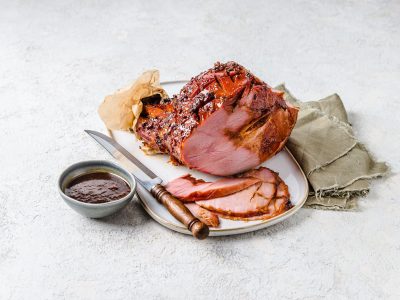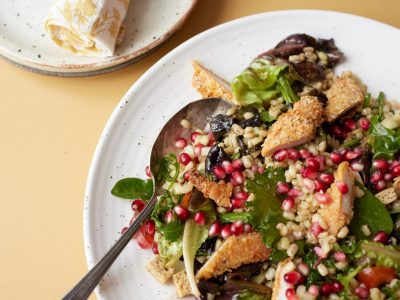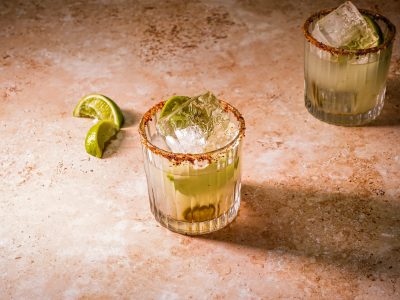Maple Syrup vs Rice Malt Syrup
Which syrup is best?
As two sticky, amber-coloured syrups, maple syrup and rice malt syrup may seem similar – but in reality, the two products are worlds apart in taste, nutrition and versatility.
If you’re looking to learn more about the key differences between maple syrup and rice malt vinegar, you’ve come to the right place!
Below, we take an in-depth look at the two sweeteners so that you can decide which one is best for you! Sound good? Let’s dive in…
Maple syrup vs rice malt syrup: production
Maple syrup and rice malt syrup are both derived from plant products. As the names suggest, maple syrup comes from the sap found in maple trees, while rice malt syrup is made from brown rice.
For rice malt syrup, brown rice is cooked and then exposed to enzymes, which help to break down the starches into smaller sugars. The resulting liquid is filtered to remove impurities and then boiled to remove excess moisture until the desired consistency is obtained.
Maple syrup is made by tapping maple trees for their sugary sap, which flows out toward the trunk and branches during the warmer spring months. Once transported to the sugar shack, the sap is boiled to reduce the water content, eventually forming a thick, sweet-tasting syrup.
Brown rice and maple sap both contain various vitamins and minerals, however with rice malt syrup most nutrients from the plant source are removed during the production process.
With maple syrup, on the other hand, no enzymes or other additives are needed to make the end product. The sap is simply boiled at a set temperature until the right ratio of sugar to water is reached, preserving most of its nutrients.
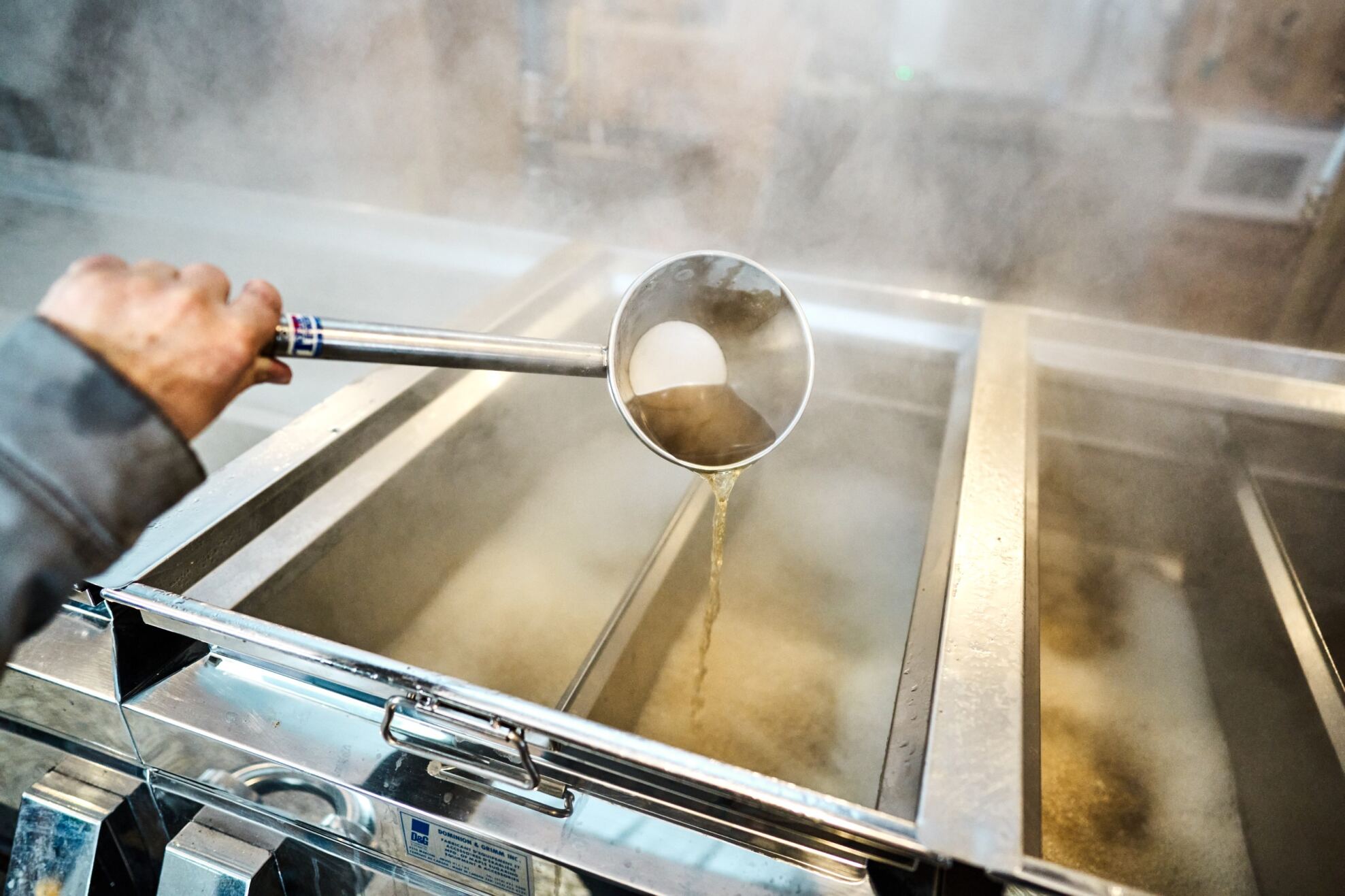
Learn more about maple syrup’s unique production process below.
Maple syrup vs rice malt syrup: flavour
Rice malt syrup is generally described as having a mild, neutral taste, while maple syrup has a stronger, more distinctive flavour with subtle hints of caramel, toffee and vanilla.
Compared to maple syrup and most other sweeteners, rice malt syrup is considerably less sweet, so it may be necessary to use more of the product to reach the desired level of sweetness when drizzling over desserts or incorporating into recipes.
Besides these differences in taste, rice malt syrup also lacks maple syrup’s intrinsic aroma, which is fresh, floral and can add to its appeal as an ingredient.
The flavour of maple syrup can vary depending on the time of year it is harvested, with yields at the end of the sugaring season having a stronger and more robust taste.
For this reason, maple syrup is classified into four different grades, helping consumers find the perfect grade for their own personal taste.
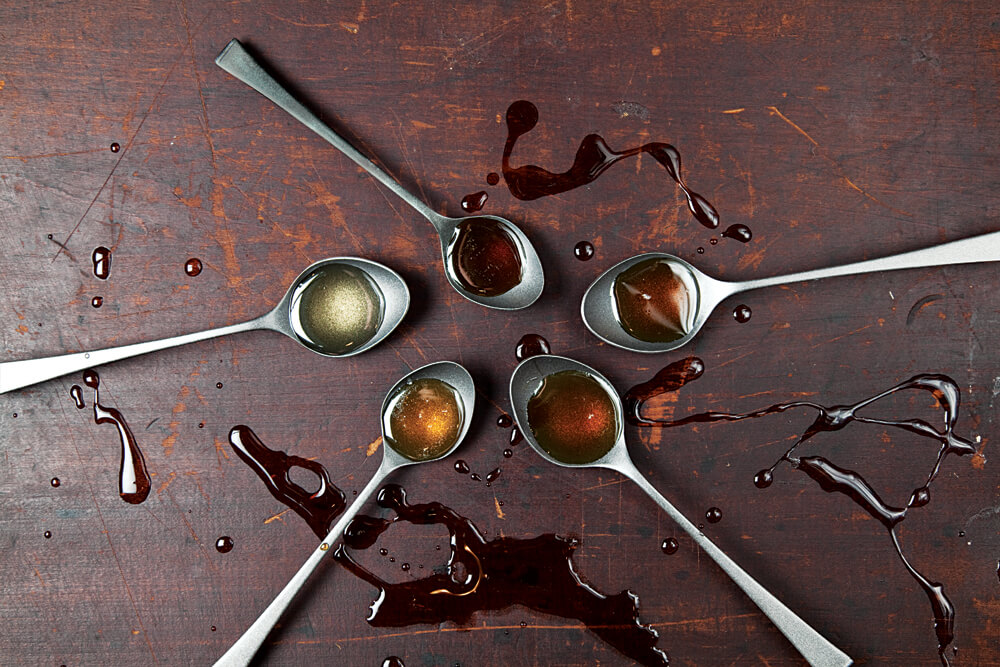
Learn more about maple syrup’s distinctive flavour below.
Maple syrup vs rice malt syrup: nutrition
Having fewer calories, more nutrients and a lower glycemic index, maple syrup is generally considered healthier than rice malt syrup. The only instance where you may be better off choosing rice malt syrup is if you are looking to limit your fructose intake.
For a comprehensive breakdown and comparison of maple syrup and rice malt syrup’s respective nutritional profiles, refer to the table and commentary below.
| 20ml tbsp pure maple syrup | 20ml tbsp rice malt syrup | |
| Calories | 69 | 87 |
| Fat | 0g | 0g |
| Carbohydrates | 17.8g | 21.4g |
| Sugar | 16.1g | 13.4g |
| Protein | 0g | 0.7g |
| Glycaemic index | 54 | 98 |
The nutritional data for rice malt syrup in the table above is taken from the U.S. Department of Agriculture, while the data for maple syrup is taken from the Food Standards Australia New Zealand website.
Calories
Rice malt syrup is considerably higher in calories than maple syrup, with a single tablespoon serving having around 18 more calories.
It’s also worth noting that rice malt syrup is milder in sweetness than maple syrup, so you may need to use more, further increasing calorie intake.
Fat
Both maple syrup and rice malt syrup are virtually free from fat, having only trace amounts of the macronutrient.
Carbohydrates
Maple syrup is lower in overall carbohydrates than rice malt syrup, however it is slightly higher in sugar, which partly explains its stronger taste.
Taking a closer look at the composition of these sugars, maple syrup is mostly made up of sucrose, while rice malt syrup is virtually all glucose.
Protein
Rice malt syrup has more protein than maple syrup, but the amount is still fairly low at 0.7g per tablespoon serving – not enough to derive any associated benefits from the macronutrient.
Vitamins
Rice malt syrup only contains trace amounts of certain B vitamins. Maple syrup has higher concentrations of these vitamins and is noted as a natural source of vitamin B2.
Minerals
Maple syrup also has more minerals than rice malt syrup. Not only does it contain calcium, zinc and potassium, but it is also regarded as a source of manganese.
Glycaemic index
Because rice malt syrup is made up almost entirely of glucose, it has a very high rating of 98 on the glycaemic index – significantly higher than maple syrup at 54.
This means that rice malt syrup increases blood sugar levels quickly, which can pose problems for diabetics.
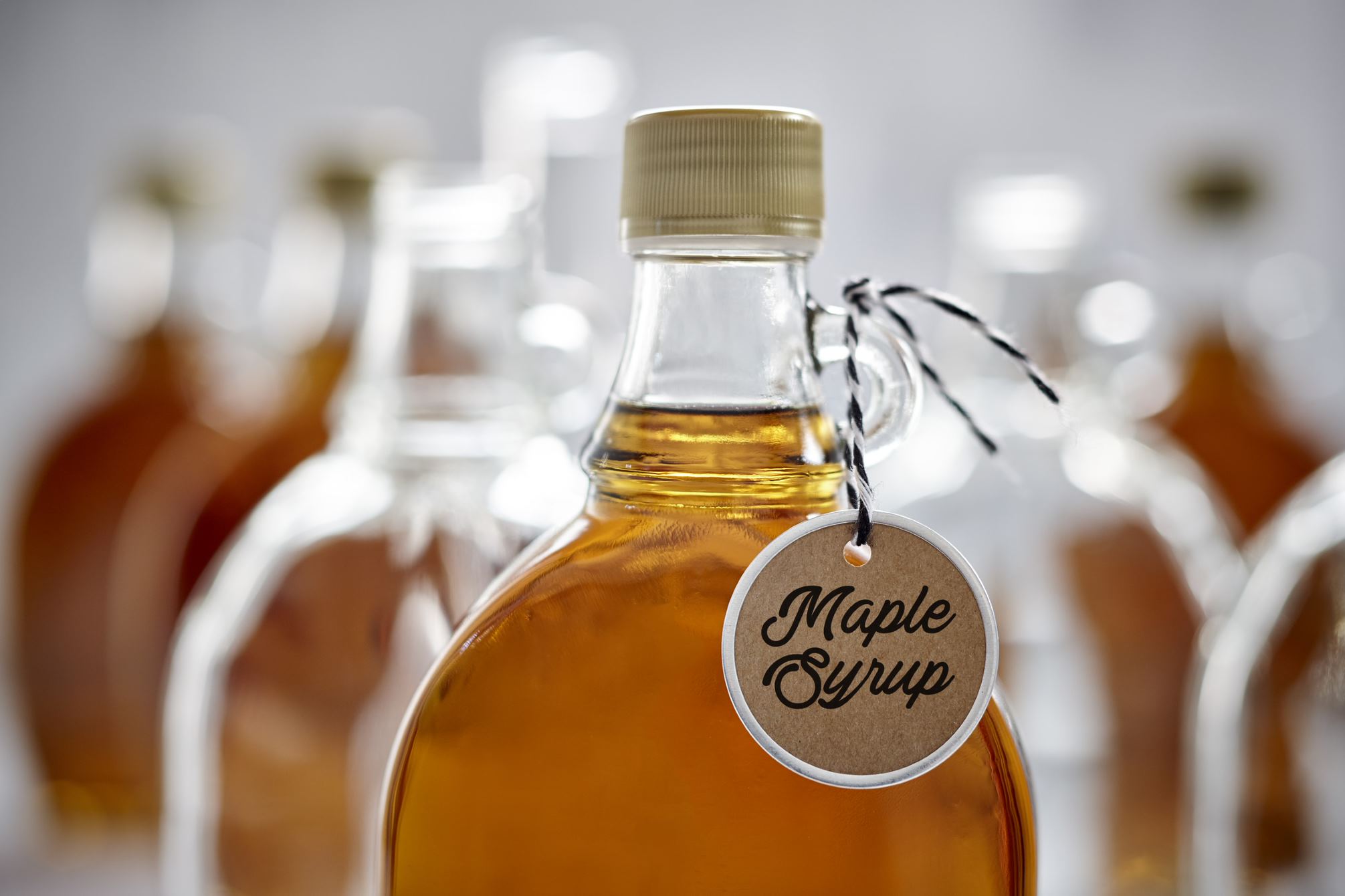
Learn more about maple syrup’s nutritional benefits below.
Maple syrup vs rice malt syrup: versatility
Along with drizzling directly over desserts, maple syrup and rice malt syrup can both be used in baking as sugar alternatives. The added benefit of maple syrup is that it can also be incorporated into savoury dishes through sauces, marinades and seasoning mixes.
One of the easiest ways to use maple syrup in your cooking is as a glaze. Either on its own or mixed with other ingredients, maple syrup can be added to meats and vegetables before cooking, as with our maple-glazed carrots or maple-glazed ham.
It’s also great for adding sweetness to classic dipping sauces and vinaigrettes. Maple syrup combines brilliantly with soy sauce and peanut butter to make a satay sauce for dipping these BBQ chicken skewers, as well as with mustard in this barley and chicken salad dish.
Maple syrup’s versatility does not stop with desserts and savoury dishes; the natural sweetener is also ideal for adding to cocktails and iced coffees, just like with this spicy margarita or iced mocha latte.
Wherever maple syrup is used, its distinctive flavour means it not only adds sweetness but also changes the overall flavour profile of the dish, giving cooking and baking enthusiasts the opportunity to reinvent their favourite meals.
Learn more about the versatility of maple syrup below.
Maple syrup: a great rice malt syrup substitute
Given that rice malt vinegar and maple syrup have similar consistencies, they can generally be substituted for one another in a 1:1 ratio. However, with maple syrup having a sweeter taste, you may want to use less when swapping rice malt syrup for maple syrup.
Not only does maple syrup serve as a great like-for-like substitute for rice malt syrup, but its more distinctive taste and added versatility make it suitable for a wider range of dishes, giving you more options in the kitchen.
Curious to learn more about the many ways maple syrup can be incorporated into your cooking and baking? Make sure to check out our full range of maple syrup recipes!
Hundreds of Delicious Recipes
Maple is a special addition to any recipe, from appetiser to dessert. Find one that’s perfect for you!

